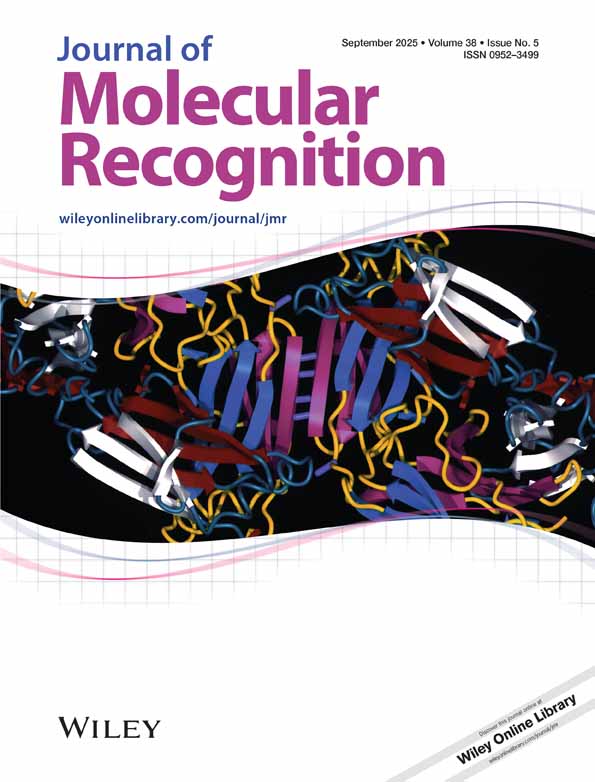Atomic force microscopy characterization of supported planar bilayers that mimic the mitochondrial inner membrane
Abstract
In this study we examined the properties of supported planar bilayers (SPBs) formed from phospholipid components that comprise the mitochondrial inner membrane. We used 1-palmitoyl-2-oleoyl-sn-glycero- 3-phosphocholine (POPC), 1-palmitoyl-2-oleoyl-sn-glycero-3-phosphoethanolamine (POPE) and cardiolipin (CL). Liposomes of binary POPE:POPC (1:1, mol:mol) and ternary (POPE:POPC:CL (0.5:0.3:0.2, mol:mol:mol) composition were used in the formation of SPBs on mica. The characterization of the SPBs was carried out below (4°C) and above (24 and 37°C) the phase transition temperature (Tm) of the mixtures in solution. We observed: (i) that the thickness of the bilayers, calculated from a cross-sectional analysis, decreased as the visualization temperature increased; (ii) the existence of laterally segregated domains that respond to temperature in SPBs of POPE:POPC:CL; (iii) a decrease in height and an increase in roughness (Ra) of SPBs after cytochrome c (cyt c) injection at room temperature. To obtain further insight into the nature of the interaction between cyt c and the bilayers, the competition between 8-anilino-1-naphthalene sulfonate (ANS) and the protein for the same binding sites in liposomes was monitored by fluorescence. The results confirm the existence of preferential interaction of cyt c with CL containing liposomes. Taking these results and those of previous papers published by the group, we discuss the preferential adsorption of cyt c in CL domains. This provides support for the relevance of these phospholipids as a proton trap in the oxidative phosphorylation process that occurs in the energy transducing membranes. Copyright © 2007 John Wiley & Sons, Ltd.




